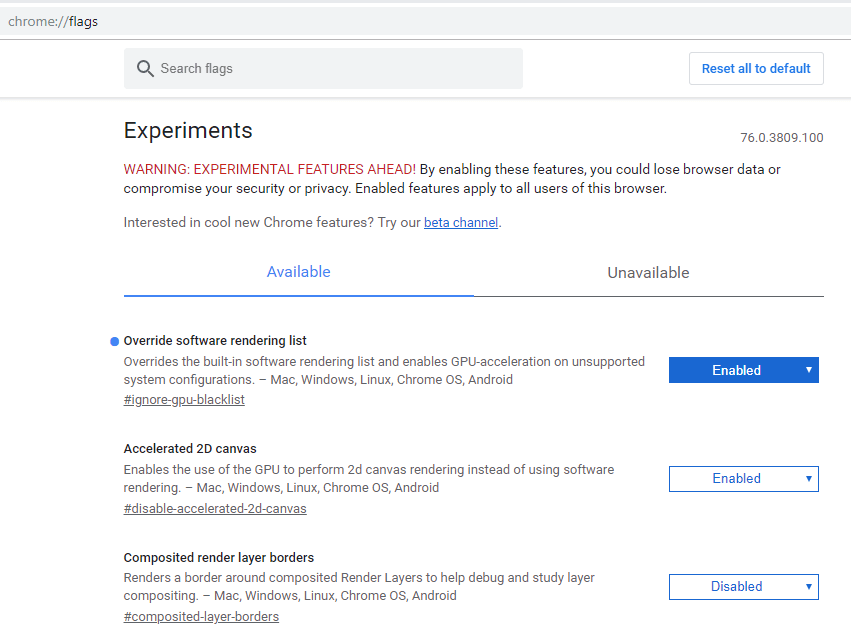

Now when you know how important it is to clear most visited sites on Chrome, let's proceed and learn how to do the same from Chrome's native interface. Part 1: How to Clear Most Visited Sites on Google Chrome

We will let you know how to clear the most visited sites on Chrome in the coming sections. Therefore, it is recommended to delete most visited sites from Chrome at regular intervals. Anyone can get to know about our browsing experience and might use this information to invade our privacy. Nevertheless, there are times when we don't want anyone else to know about our most visited content.

Ideally, this saves the overall time and effort of a user, making it easier for them to access these websites. To make it easier for users to access some of their frequently visited pages, Chrome displays a grid of these websites on its home page. If you are a regular user of Google Chrome, you must already be familiar with its feature of most visited websites. In this guide, we will let you know how to clear the most visited sites on Chrome without any hassle. If you are also having the same requirements, then you have come to the right place. Sometimes, users would like to delete most visited sites from Chrome's home page. Even though this feature makes it easier for users to browse the net, it also takes a toll on their privacy. Since it stores your browsing details, it lets you access these web pages faster than usual. It’s time to get to it, if you haven’t already.By default, Google Chrome displays some of your most visited websites on its home page. Google’s counterclaim is that HTTPS is becoming cheaper and easier to integrate, which is true. So, why the change? Google’s argument is, “users should expect that the web is safe by default.” However, well-presented information allows users to be informed and can be accomplished through minimalism instead of outright removal. Your data is kept secure from third parties, so most modern sites are employing this technology, using Transport Layer Security (TLS) the underlying tech behind HTTPS, to do this. Here’s a quick HTTPS refresher course: it’s a more secure version of HTTP, acting as a secure communication protocol for users and websites, making it harder for eavesdroppers to snoop on your packets. Then in October, sites visited with Chrome 70 that don’t have HTTPS certificates will trigger a red “Not secure” label when entering text. Sites using HTTPS will no longer trigger the green “Secure” text that usually appears in the address bar on Chrome version 69. Google is changing the visual cues for HTTPS in Chrome’s user interface, starting in September.


 0 kommentar(er)
0 kommentar(er)
